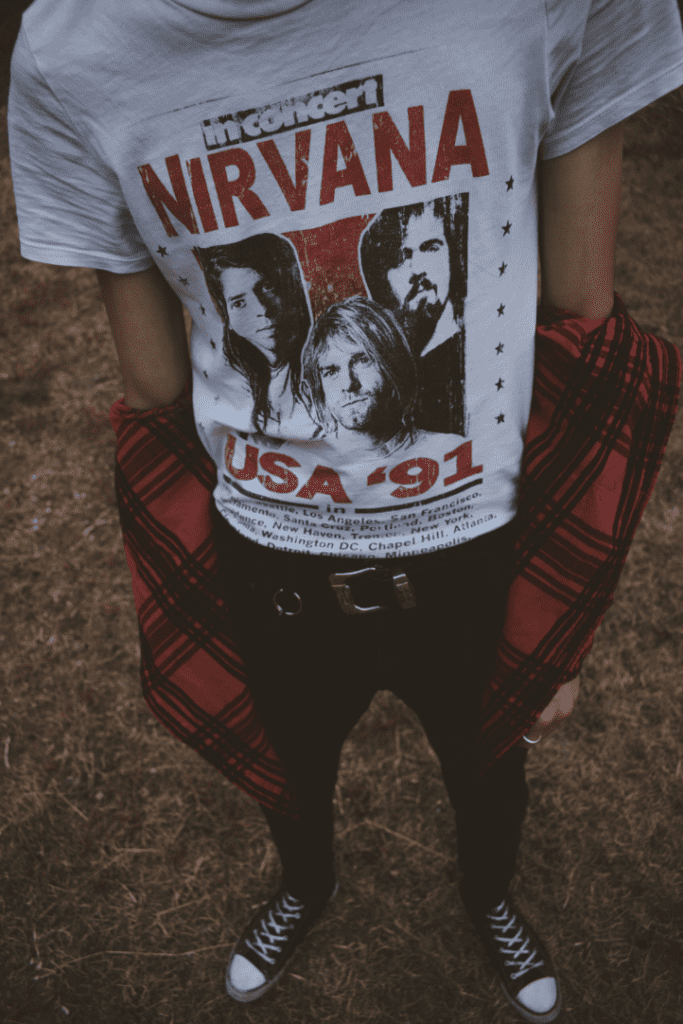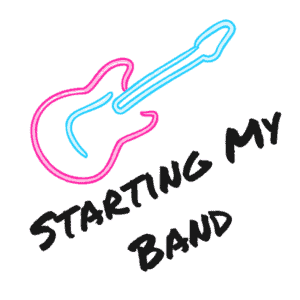The modern route of monetizing your brand as a musician is to make a profit from the various types of merchandise. You might think of merchandise as selling t-shirts or hoodies or throwing out stickers from the stage, but selling merchandise just became a lot more developed and creative.
Monetizing your music demands a balance between your live performances, your released content, and sales from your merchandise. Once these elements are combined, you will not only sell merchandise but also fill up your venues for each performance.
Today we will talk a bit about how you can think outside of the box to go above and beyond for your fans with methods that will make them come back to your gigs again like no other.
Make it a fashion statement
When you decide to design and print your artist merchandise, think about dressing your fans in clothing or articles that you would want to use or wear yourself. General shirts with a logo on them are not selling well anymore, especially not in the case of unknown bands. Think about hiring a designer to actually design logos or items that are different than the rest.
My favorite marketing strategy has always been to market through other musicians. If I had an item designed that they absolutely adore, and I can get them to wear it during their tours and gigs, you have already implemented a very successful marketing campaign. Even people that don’t know your music would go and search the name to find this trend.
Ask yourself what is currently trending in your area. What are people currently buying? People buy things these days that they need and what they feel good about as well. Trying to sell scarves during the summer would only clutter your merch stand.
Do research on your social media and ask for the opinions of your fans when you have designs ready. This will increase sales almost on a guaranteed basis. Have votes and polls on social media, or even ask your designer fans to come up with a few designs of their own. Put the ball in their hands and let your fans guide you.
Focus on what appeals to the public
Instead of just printing your band name or logo on a shirt, think of song lyrics that stand out or a statement that people can relate to. This phrase will make outsiders curious to know what you stand for as a band and how you might sound.
This could be anything like:
- Popular or meaningful song lyrics
- Interesting facts about the band
- Famous band statements
- General originality of the product designs
- Personal attachment added
In this way, you connect with fans before they even heard your music just by being curious and interested in who you are and what you stand for. In the current era, it’s all about making a difference and making an influence in people’s lives. Make sure yours is one to follow by creating original and inviting content and merch.
Have a unique merchandise stand
Here I want you to be creative and think completely outside the box. We want to personalize the stand so that people get excited to get their hands on your items. Visibility sells. Make sure you have big posters and stickers to invite people to stand closer.
Display sentimental items. For example, to have a personally signed guitar on your stand. In a music video we made as a band, the frontman had a bright pink guitar. After the public saw this, we filled venues with people that wanted to see this guitar. There’s a reason why people stare at the walls inside the Hard Rock Cafe that showcase so many instruments. Connect your image with your merchandise which will make people want to copy that image.
Display and sell freshly recorded music to your audience. Music that has not been uploaded or released is extremely popular amongst fans to buy and listen to. It’s an honor to them that you as the artist sell it to the fans first before the public release date.
Sell experiences to your fans
Think about inviting a lucky fan or two backstage to listen to the band warm-up and pre-performance routine. Make a video of it and release it on social media and tag your attended fans. This is a unique prize to sell your tickets and create awareness about your performance.
Sell a unique experience outside of the performance night. Take a few lucky fans out for a few drinks and snacks and have a good time together. Take photos and allow them to have an unforgettable experience with you.

Setting up an online store
Having an online merch store is key in our digital age. There’s a variety of places you can choose from, depending on what your needs might be. If you are at the beginning with a small following, your priority should be marketing first and profit second. Print-on-demand is the easiest way for you to go. It is literally a case of design, upload, and sell.
I can recommend that you use Printful (which has a bit more variety),
or Manic Merch which is designed to meet the needs of bands and their fans.
Both of these allow you to set your price. Just the variety is not massive.
Once you start to fill up the venues, having printed merch with you to sell at gigs will come in handy and work better for you.
Then there’s also the highly rated Shopify, as well as
The Big Cartel, where you can set up a unique store and even start with 5 articles for free. From then onwards, the price starts at 10$ per month.
Remember to ask permission when you open for a bigger band to share the stand or have your own. If you are still en route to opening for a successful band, don’t miss the article I wrote about how you could manage that!
I hope this helps you with a few ideas. Good luck!!

